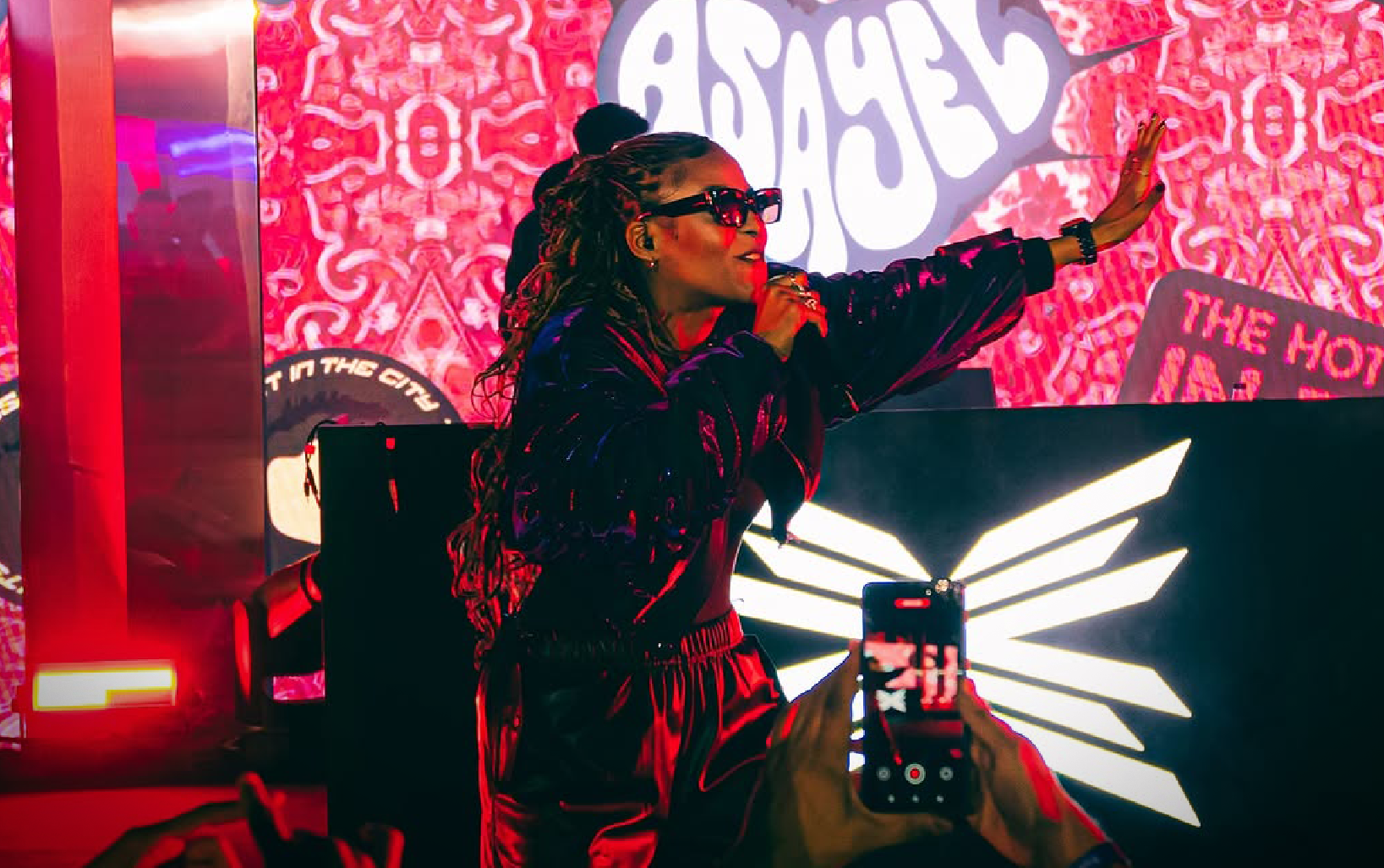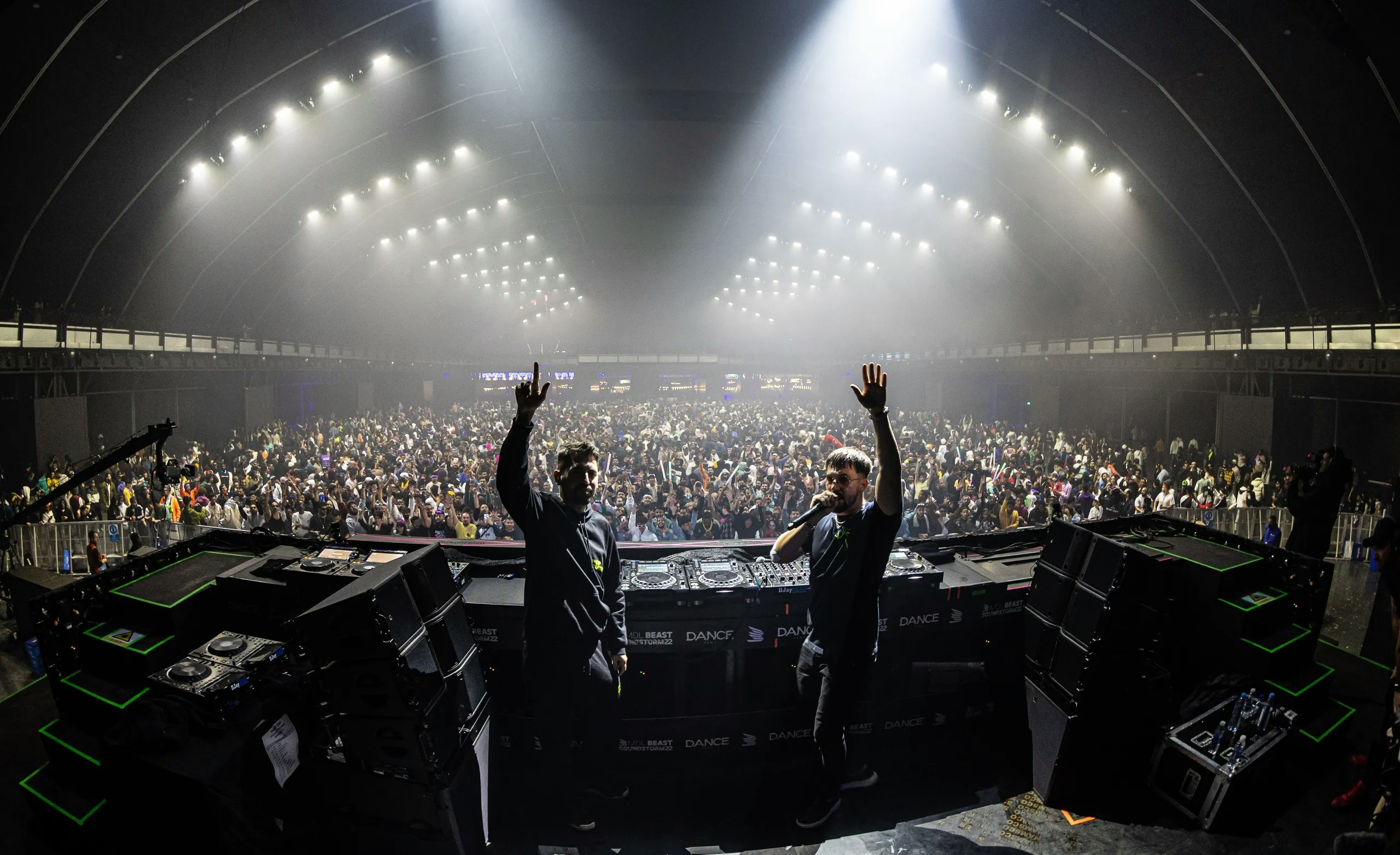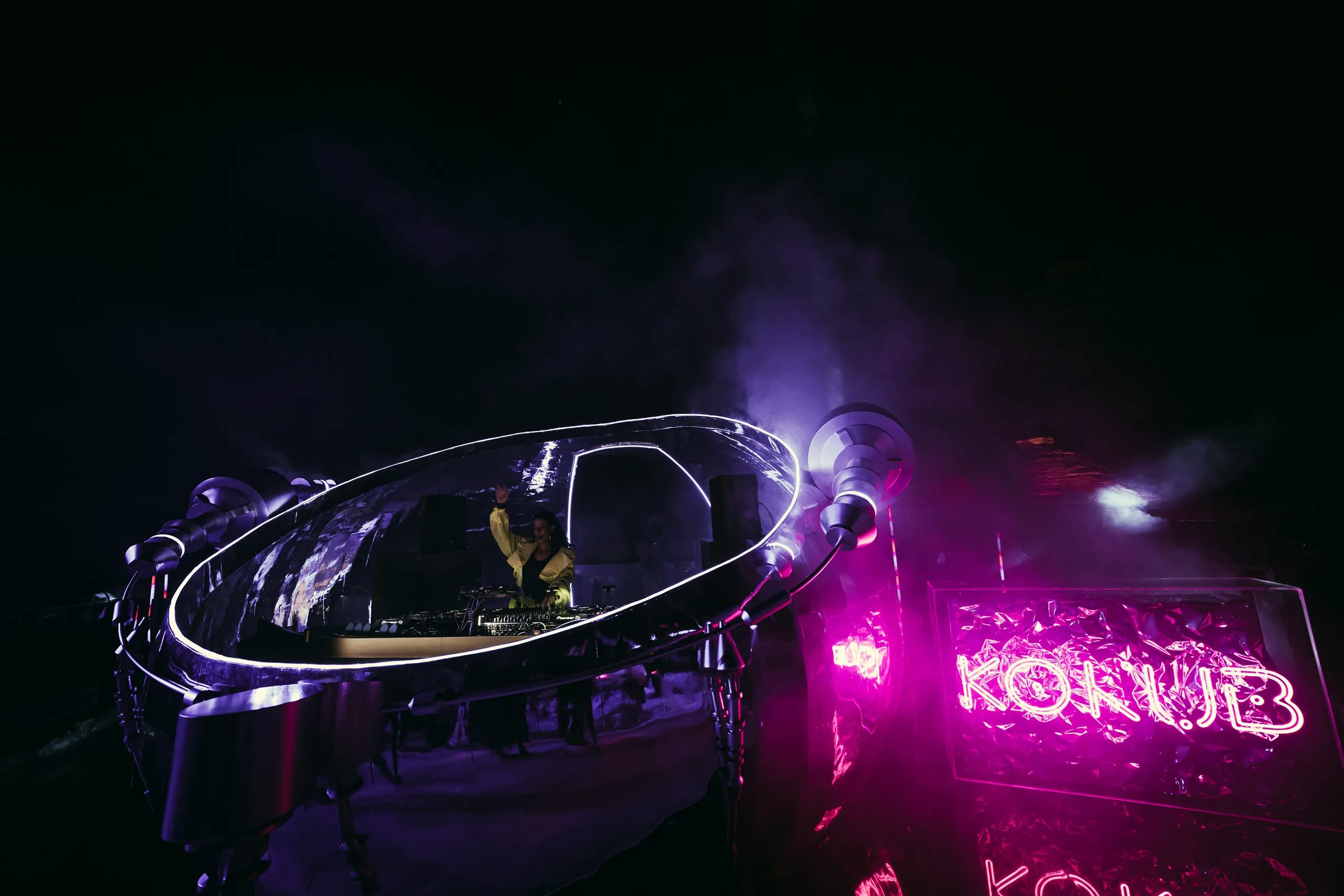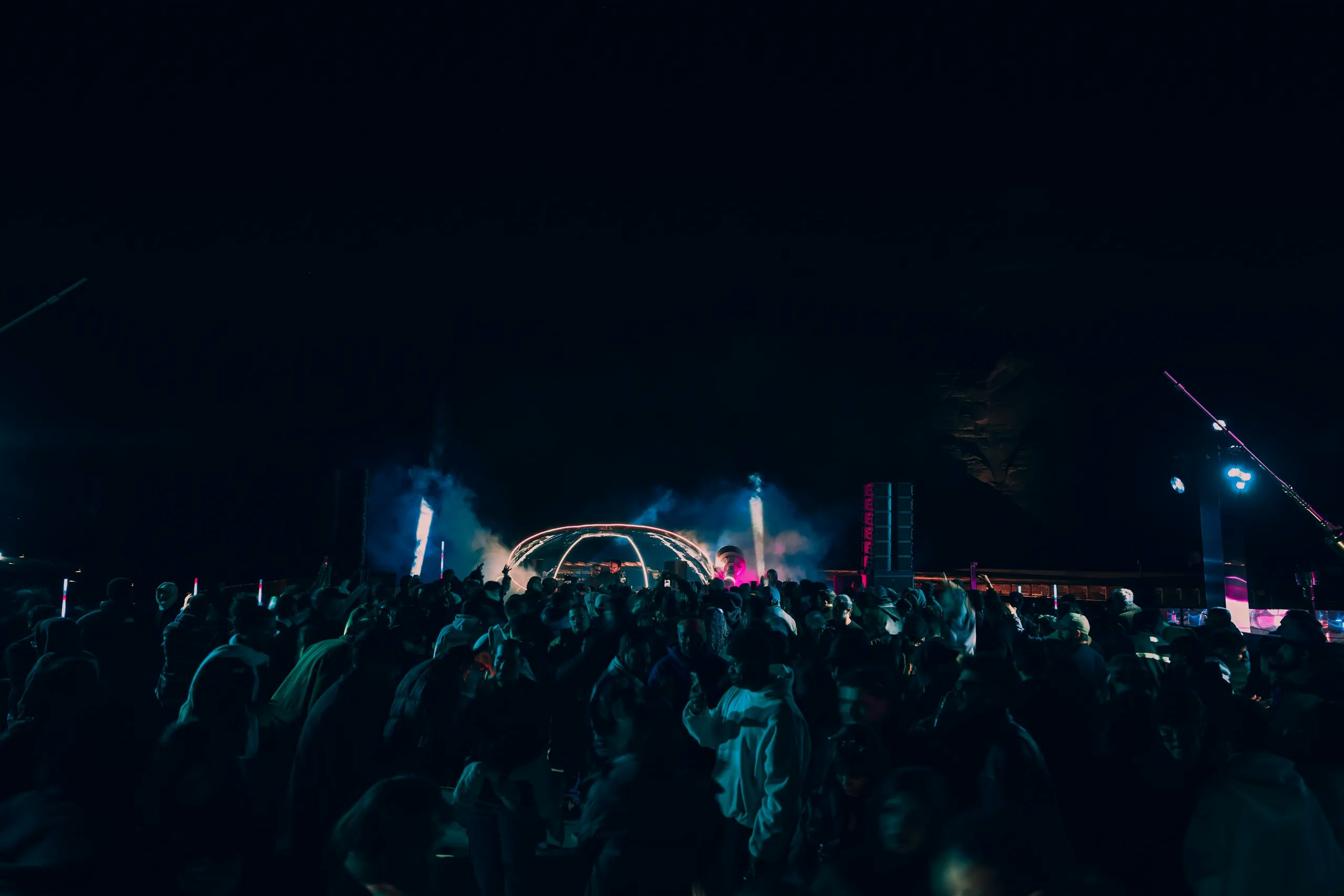

Syncing Sounds: How to Beatmatch for Seamless Mixes
By MDLBEAST
January 09 2024
Syncing Sounds: How to Beatmatch for Seamless Mixes
By MDLBEAST
January 09 2024
We’ve taken you through a full encyclopedia of the world of DJing, from what a DJ is, to the art of DJing, and some music production basics. Lastly, we walked you through a step-by-step guide on how to elevate your DJing skills as a whole, in which we mentioned that beatmatching, tempo management, and flawless transitions are essential technical skills to have. Today, we go into more detail on how to beat-match.
Beatmatching is a foundational skill, laying the groundwork for flawless and cohesive mixes that keep the dancefloor pulsing. Whether done by ear or backed by beat-matching software, mastering this technique will elevate your whole set.
Beat-matching Basics: The Art of Tempo Alignment
When transitioning between tracks, there will be a point where the two songs align and give way to the changeover. At its core, beat-matching involves synchronizing the tempo and beats of these two tracks to seamlessly transition and maintain the energy of the music.
The process involves adjusting the speed (Beats Per Minute, or BPM) of one track to match the BPM of the other, so that their beats blend into one another smoothly. This synchronization prevents any awkward and abrupt changes in rhythm that would mess with the flow and energy of the music.
Syncing Sounds: The Evolution of Beat-matching
The origins of beat-matching can be traced back to the innovative efforts of American DJ Francis Grasso during the 1960s and 70s. Grasso, revered for his creative innovation, used his acute sense of rhythm and knowledge of music structure to manually match beats by ear, which - at the time - was revolutionary. This set the stage for the art of beat-matching.
Grasso's breakthrough evolved significantly with the introduction of a pivotal tool: the mixer. This added element to his DJ setup allowed him to cue and listen to tracks independently while playing music on his turntable at the same time. As a result, Grasso could precisely adjust the speed of tracks, synchronizing their beats seamlessly.
Grasso's innovative technique marked a defining moment in the history of DJing, paving the way for future advancements in DJ technology and techniques. As the DJing landscape rapidly evolved, equipment manufacturers began integrating features specifically designed to help beat-matching.
Tech innovations like pitch control, tempo sliders, and visual aids included within software emerged, empowering DJs to refine their beat-matching skills and enhance the precision of their mixes further.
Beat-Matching By Ear VS Using a Beat-Matching Software
Beat-matching without the help of software is a skill that requires a DJ's acute sense of timing and rhythm. By manually manipulating the pitch control or tempo slider on the decks, the DJ syncs the beats of two songs together. To master this approach and create seamless transitions that hold an audience's attention, DJs need to practice, have a good ear, and know the structure of the music they play like the back of their hand.
On the other hand, digital help in the form of beat-matching software like Traktor or Serato is also available for syncing tracks. These programs calculate each song's beats per minute (BPM) and display this information visually, assisting DJs in accurately matching beats.
While beat-matching software is helpful, being able to do so by ear is still an essential skill that every DJ should be able to fall back on, since it allows them to be more versatile and adaptable in their performances.
Fostering Future Talent: MDLBEAST's Impact on DJs in the Region
MDLBEAST's XP Music Futures stands as an important catalyst in the evolution of DJing in the MENA region as a whole. This immersive conference hosts workshops aimed at teaching aspiring DJs about foundational techniques in music production and Djing (helping them answer the question of how to beat-match), as well as exposing them to the latest advancements in DJ technology and practices. Connecting industry professionals with emerging talent, fosters a new generation of DJs and advances the art of DJing.
Meanwhile, MDLBEAST’s Soundstorm Festival is a vibrant celebration of DJ culture and talent. It gives a stage for emerging DJs, including local talents from various regions, providing them with exposure and an opportunity to showcase their DJ skills and unique styles to a diverse audience. This event not only promotes diversity within DJing but also honors the artistry and evolution of beat-matching across different cultures and musical genres.
Advanced Beat-matching Techniques: Pushing the Boundaries
Beyond basic beat-matching, more advanced techniques like phrase matching (combining musical passages like chorus, verse, etc., of equal length to make a more unified and fluid mix) and harmonic mixing (taking into account the key of the two tracks we're transitioning between) elevate a DJ's performance.
By mastering these complex techniques, DJs move way past the initial stage of learning how to beat-match to create nuanced and ingenious mixes that engage their audience on a deeper level.
The Mastery of Rhythm
Learning how to beat-match is a pivotal skill that defines a DJ's proficiency, and being able to do so by ear should be a foundational ability for every DJ, as a fundamental to creating engaging and dynamic mixes.
Initiatives like MDLBEAST's XP Music Futures and Soundstorm Festival contribute greatly to the growth of DJs, providing education, exposure, and other opportunities for aspiring talents. As DJs refine their beat-matching skills and explore more advanced techniques, they unlock the potential to create immersive musical experiences that resonate with the pulse of their audience.
Share this


